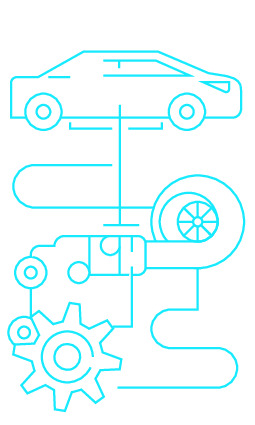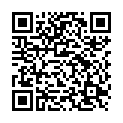|
|
|
| Module code: FT33 |
|
|
3V+1U (4 hours per week) |
|
5 |
| Semester: 3 |
| Mandatory course: yes |
Language of instruction:
German |
Assessment:
Written exam 120 min.
[updated 30.09.2020]
|
FT33 (P242-0084, P242-0085) Automotive Engineering, Bachelor, ASPO 01.10.2011
, semester 3, mandatory course
FT33 (P242-0084, P242-0085) Automotive Engineering, Bachelor, ASPO 01.10.2015
, semester 3, mandatory course
FT33 (P242-0084, P242-0085) Automotive Engineering, Bachelor, ASPO 01.04.2016
, semester 3, mandatory course
FT33 (P242-0084, P242-0085) Automotive Engineering, Bachelor, ASPO 01.10.2019
, semester 3, mandatory course
|
60 class hours (= 45 clock hours) over a 15-week period.
The total student study time is 150 hours (equivalent to 5 ECTS credits).
There are therefore 105 hours available for class preparation and follow-up work and exam preparation.
|
Recommended prerequisites (modules):
None.
|
Recommended as prerequisite for:
FT28 Vehicle Simulation
[updated 24.04.2025]
|
Module coordinator:
Prof. Dr. Hans-Werner Groh |
Lecturer:
Prof. Dr. Hans-Werner Groh
[updated 15.02.2024]
|
Learning outcomes:
After successfully completing this course, students will be able to:
- apply their knowledge about program flow and structuring to concrete tasks in a problem-oriented manner.
- implement their knowledge on the basis of Visual Basic for Applications (VBA) in connection with Excel (alternatively: the programming language C) practically and on the computer.
- convert textual tasks into small calculation programs and display the results graphically.
- make input and output user-friendly by means of appropriate graphic interfaces.
[updated 30.09.2020]
|
Module content:
- Introduction: Principles of programming, VBA in connection with Excel, creating and editing macros (IDE development environment)
- Basic program elements: Working with variables, working with constants, assignments, mathematical and derived mathematical functions
- Simple input and output dialogs
- Control structures: Loops, branches, nesting, structure diagrams and structure charts
- Fields (arrays): One-dimensional fields, multidimensional fields, dynamic fields
- Procedures and functions: Sub-procedures, function procedures, argument and parameter lists
- Introduction to object-oriented programming: Classes, properties, methods
User-defined dialogs: Forms and control elements, designing dialogs (UserForm), application examples from the field of mechanical engineering
- Access to the Access database
[updated 30.09.2020]
|
Teaching methods/Media:
Lecture notes, exercises
[updated 30.09.2020]
|
Recommended or required reading:
Microsoft Office Excel 2007 für Windows-Automatisierung, Programmierung; Kofler M.: Excel-VBA programmieren
[updated 30.09.2020]
|


